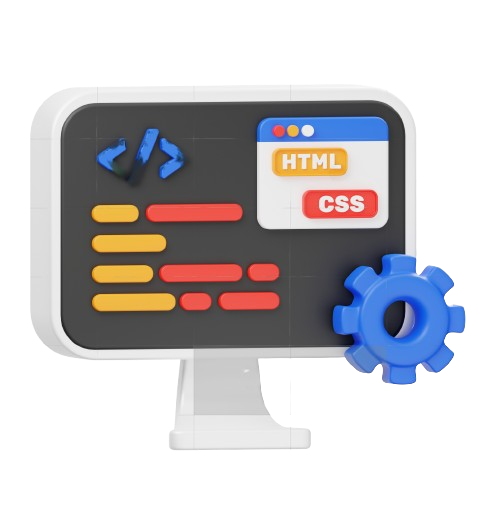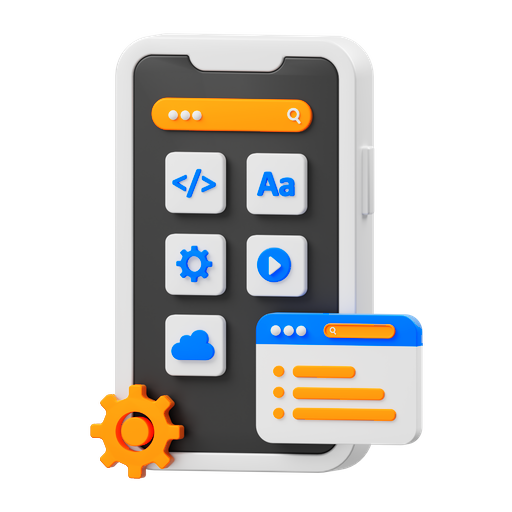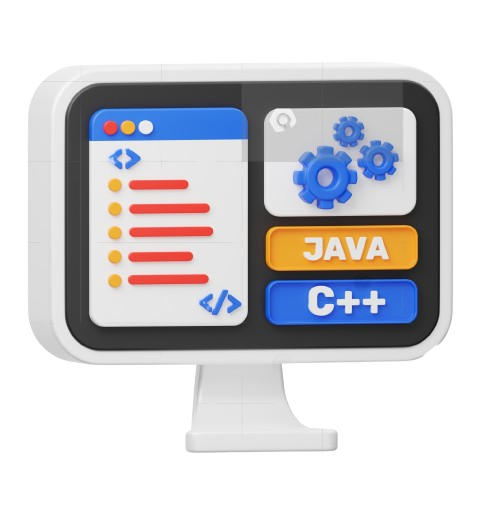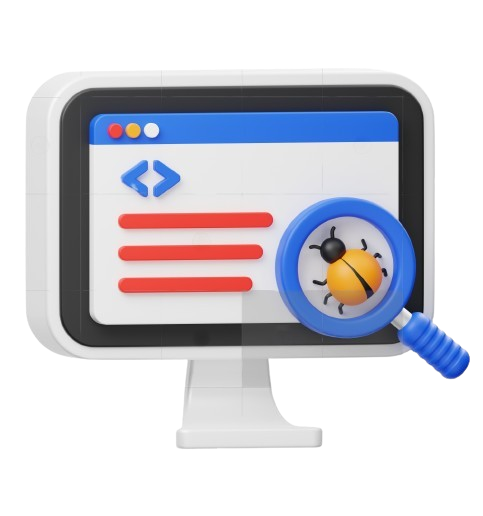Cerner vs Epic
Epic dominates the U.S. market, specifically among large-scale healthcare institutions such as educational medical centers, integrated delivery networks (IDNs), and multi-hospital procedures. It is also widely employed by top-tier healthcare aptitudes Cerner Vs Epic EHR and is ranked in the “America’s Best Hospitals” list. While primarily focused on large institutions, Epic offers a tailored solution called Community Connect to extend its services to smaller practices by affiliating them with larger hospitals. Cerner Vs Epic EHR is widely adopted by small—to medium-sized hospitals, community health systems, and standalone facilities. Its significant transnational company serves healthcare providers in over 30 nations.
Interoperability Features
Epic leads the way in interoperability through its proprietary Care Everywhere tool, Cerner Vs Epic EHR, which enables seamless data sharing across all Epic and some non-Epic systems. Epic’s compliance with HL7 FHIR (Fast Healthcare Interoperability Resources) standards ensures smooth integration with external applications, allowing providers to exchange data efficiently across diverse platforms. Epic also supports national networks like CommonWell and Carequality.
Navigation and Interface
EHR System interface prioritizes data visualization and offers detailed yet often dense menus. Cerner Vs Epic EHR provides a clean and user-friendly interface, but its design is less visually appealing or modern than Epic’s. It gives a straightforward navigation experience for core functionalities, making it easier for users to complete basic workflows.
Ease of Use
An EHR (Electronic Healthcare Record) System’s extensive capabilities often lead to a steep learning curve. Compared to Cerner, the EHR (Electronic Healthcare Record)System is; however, Epic’s functionality is highly efficient, favouring users who require comprehensive tools. Cerner is considered more user-friendly, especially for smaller organizations. Its EHR System understanding curve is shorter, and the EHR system is generally easier to adopt. However, for advanced users, Epic may need more depth in its features.
Training and Onboarding
Epic’s rigorous training process, typically the EHR (Electronic Healthcare Record)System, includes certification programs for administrators and users. Epic versus Cerner can extend implementation timelines but ensures EHR System users are well-versed in the system’s capabilities. Cerner offers shorter and more flexible onboarding processes. While this speeds up adoption, many organizations report needing additional ongoing training to utilize the system’s advanced features fully.
Client Support and Services
Epic is known for providing robust client support, Epic versus Cerner, including dedicated account managers, implementation specialists, and 24/7 assistance. However, during significant system upgrades in the EHR System, Epic versus Cerner response times may be slower. Cerner offers comprehensive support, including a 24/7 helpdesk, but client feedback on service quality varies by region. Some users find Cerner’s support less personalized than Epic’s.
Epic EHR:
Comprehensive EHR System functionality for complex health systems.Best-in-class patient engagement tools like MyChart.Advanced analytics and interoperability features.Scalable for systems with rapid growth.High EHR System implementation and maintenance costs.Requires extensive training and onboarding. It is only ideal for smaller organizations with significant resources.
Cerner Health System Advantages and Drawbacks
Advantages:
An EMR system is more affordable and accessible to small and medium-sized facilities. Healthcare Software Development Company offers a flexible, open EHR system architecture that supports third-party integrations and has a solid international presence.
Drawbacks:
It has a less polished EHR System user interface than Epic. ScalabilityThe scalability of an EMR system may need to catch up to that of extensive healthcare systems, which require frequent updates to stay competitive.
Cost Efficiency and Pricing
Epic’s pricing reflects its position as a premium solution, making it one of the most expensive EHRs. Initial implementation costs for large systems can range between $1M and $5M, with annual maintenance fees of around 20% of the initial cost. Smaller EHR System organizations may opt for the Community Connect program, which offers a more cost-effective entry point. Cerner’s pricing is generally more flexible and reasonable. Implementation costs for mid-sized facilities range between $500k and $2M. Maintenance fees are around 18% of the software license cost annually in Healthcare Software Development Company.
Implementation Timelines
Epic implementations in EMR systems typically require 12–24 months due to the system’s complexity and extensive training. Cerner’s implementation timelines are shorter, averaging 6–12 months. This can be an advantage for organizations looking for a quicker deployment.
Customization Options
It is highly customizable in an EMR system, but Epic and Cerner require significant technical expertise and resources to make modifications. So, Epic-certified professionals are often needed. Epic offers flexibility through its open API architecture, making customization more straightforward and accessible for IT teams.
Regulatory Compliance Capabilities
Meet U.S. regulatory standards, including HIPAA, ONC certification, and MACRA/MIPS reporting support. Epic is powerful in federal compliance reporting, while Cerner excels in adapting to international regulations for Regulatory Compliance Capabilities.
Patient Engagement Tools
The MyChart patient portal allows for appointment scheduling, secure messaging in the EMR system, access to test results, and bill payments. In patient engagement, Epic and Cerner, which enhance Patient Engagement Tools, their intuitive design and mobile compatibility enhance patient satisfaction. The HealtheLife portal offers similar features but could be more user-friendly than MyChart. It is functional but less advanced and seamless.
Data Security Measures
Both systems prioritize data security through encryption, multifactor authentication, Cerner or Epic, and compliance with industry standards like HIPAA. Epic’s frequent updates help maintain cutting-edge security, whereas Cerner occasionally needs to catch up in update frequency.
Analytics and Reporting Tools
Epic’s Cognitive Computing provides advanced predictive analytics, enabling real-time insights for clinicians and administrators.PowerInsight offers solid analytics and reporting tools but may need more of Epic’s offerings’ depth and real-time capability.
Mobile and Remote Accessibility
The Mobile and Remote Accessibility platform makes a high capacity of robust mobile applications designed mainly for clinicians, improving their ability to access and manage patient information on the go. However, it must provide the same comprehensive mobile solutions level as Epic’s suite. For example, while it includes applications like PowerChart Touch, these offerings may need some of the advanced features and functionalities available in Epic’s extensive mobile ecosystem. This difference may impact clinicians’ overall experience and efficiency when handling mobile tools for patient care.
Support for AI and Advanced Technologies
Epic is at the forefront of AI adoption; it is a helpful tool for predictive modelling, risk scoring, and decision support.
It actively incorporates AI but needs to catch up to Epic regarding scope and sophistication. Despite Epic’s significant latest functions in AI, there are so many benefits for improvement in certain zones. While it’s excellent to integrate AI technologies, other competitors are fast evolving and may surpass Epic regarding the breadth and sophistication of their AI solutions. Epic must continually innovate and enhance its offerings to handle this leadership position, ensuring it shows and overreaches its competitors’ capabilities in the AI landscape. Integration with AI enhances workability.
Long-Term Scalability
Both systems support long-term growth. Epic is better suited for large-scale operations, while Cerner is more adaptable to medium-sized facilities with plans for modest expansion.
Interoperability Features
Interoperability is cerner or epic seamless data exchange between EHRs and other healthcare systems. Epic’s Care Everywhere tool enables seamless data sharing across Epic systems and many non-Epic platforms. It complies with HL7 FHIR standards and Cerner or Epic facilitating integration with third-party applications and national networks like CommonWell and Carequality. Epic has a high benefit in interoperability with large-scale, cerner or epic integrated networks. Cerner’s Health Information Exchange (HIE) is beneficial in solid interoperability, leveraging its open architecture to combine with other sources and meet resident’s health administration goals.
Conclusion
So Epic and Cerner rely on an association’s size, allocation, and detailed needs. Epic is flawless for extensive hospitals and healthcare webs seeking advanced tools, SScalability, and comprehensive features. However, it is more costly and requires longer launching timelines. Cerner offers a more reasonable and user-friendly solution for small—to medium-sized installations. Regardless, it may need more features required by large or highly convoluted soundness strategies.







Recent Comments